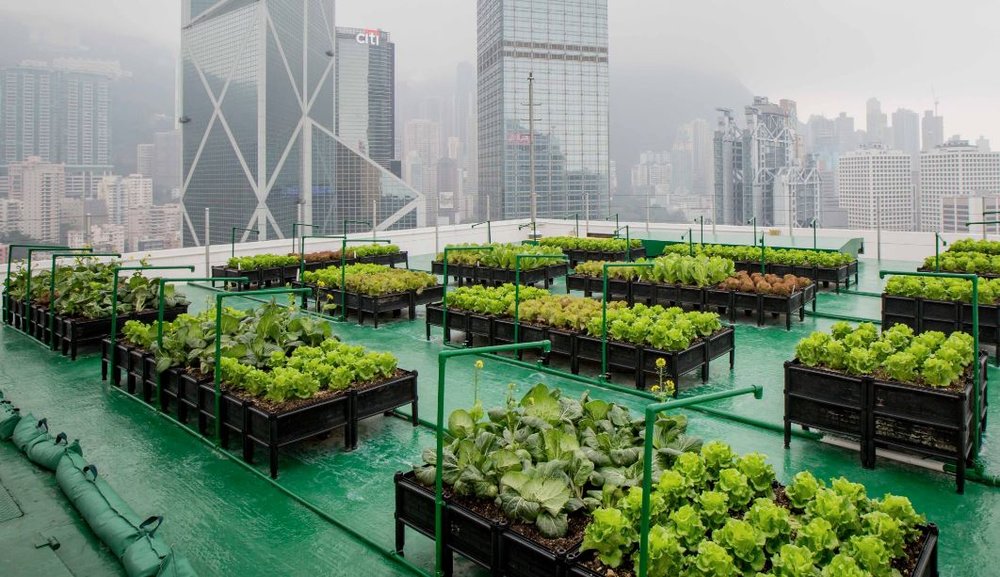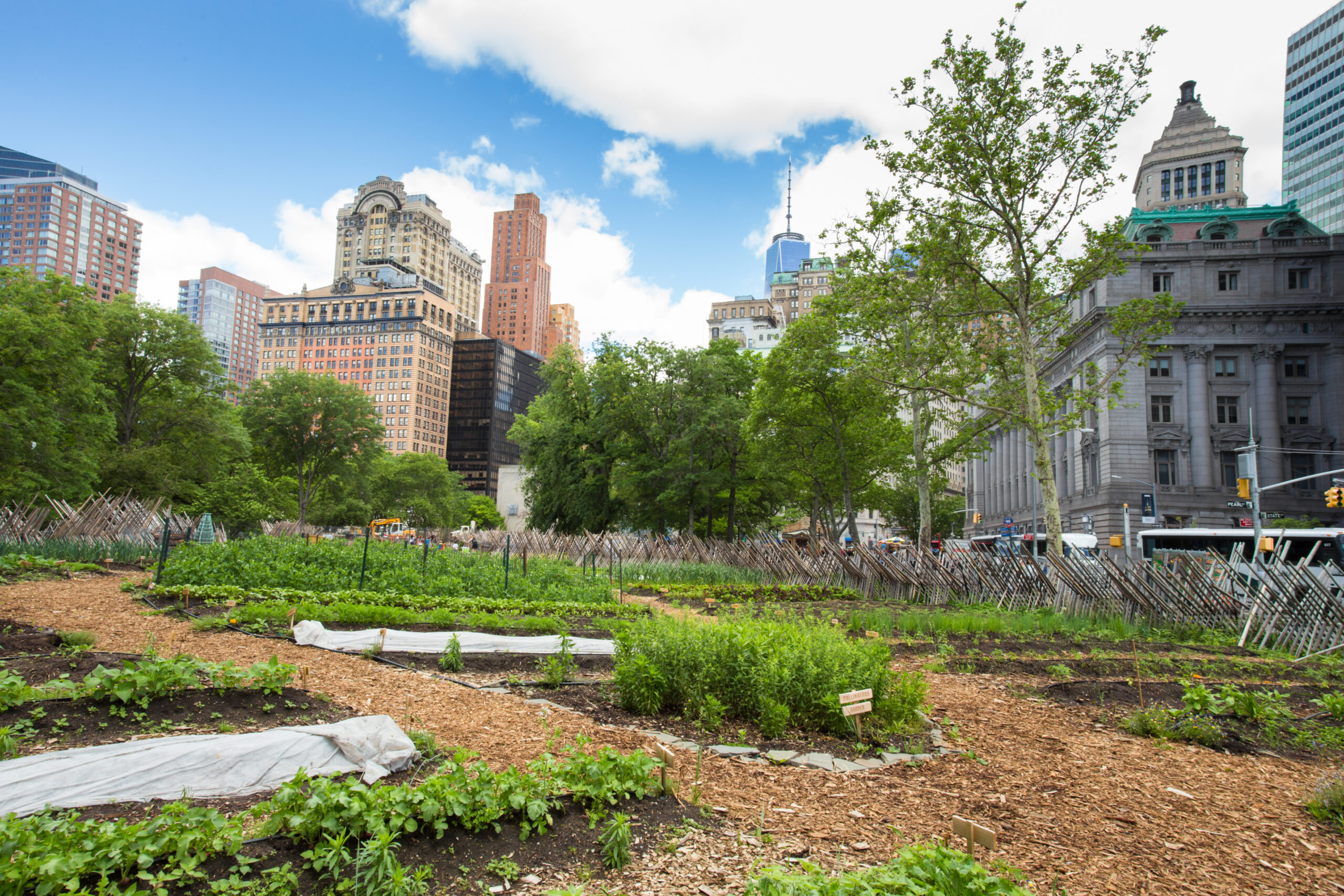The Of City Blooming
The Of City Blooming
Blog Article
The Single Strategy To Use For City Blooming
Table of ContentsFacts About City Blooming UncoveredThe Ultimate Guide To City BloomingUnknown Facts About City BloomingFascination About City BloomingCity Blooming Things To Know Before You Get This
Interested in expanding food to buy in the City of Chicago? Believing regarding starting an area yard? Modifications to the Chicago Zoning Regulation allow farming uses like community yards and urban ranches in numerous components of the city. Below is a checklist of often asked questions pertaining to the guidelines and regulations that cultivators should take into consideration when preparing an urban farming project.
The zoning modification does not modify any kind of various other codes taking care of composting, structure authorizations, acquiring or leasing City had residential property, service licenses or environmental contamination. There are existing codes that manage these issues and they continue to be in complete effect and might be applicable to your project. Community gardens are commonly owned or taken care of by public entities, public companies or community-based organizations and kept by volunteers.
Urban ranches expand food that is intended to be marketed, either on a not-for-profit or for-profit basis. Due to their commercial purpose, city ranches require a service certificate. Yes. A community garden is enabled to offer surplus produce that was grown on site if the sales are accessory or secondary to the yard's primary function explained over.
The smart Trick of City Blooming That Nobody is Talking About
Composting is allowed however just for plant material that is generated and used on site. The amount of compost product can not surpass 25 cubic yards at any given time according to the requirements in 7-28-715 of the City's Municipal Code. Yes. Since the soil at most brand-new yard sites needs modifying, garden compost, soil, wood chips, or other materials can be acquired to construct or boost the expanding room - sustainable gardening.

If a structure license is required after that the hoophouse will be considered an accessory building. You can figure out even more regarding the structure permit needs by speaking to the Division of Structures. The 25,000-square-foot size limit is planned to stop a single area garden from controling a given block or taking away from the block's existing domestic or commercial character.
The limitation does not apply to gardens situated in Public Open Space (POS) areas. Can there be greater than one neighborhood yard that is 25,000 square feet on a single block? Yes. The size restriction applies to private yards, not to private blocks. No. Secure fencing is not required, nonetheless, gardens that have huge parking lot may be needed to install fence or various other landscaping functions.
The 30-Second Trick For City Blooming
B1 & B2 districts require that all commercial use activities be carried out inside. R districts limit business task. The guidelines mirror the function and intent of the Zoning Code. Is fence required for urban ranches? Yes. Fencings may be needed, along with landscaping and testing, for sure parking lot and exterior work or storage areas depending upon place and the specific activity occurring.
Urban farms need building authorizations and zoning approvals prior to construction (sustainable gardening). Other types of city review might be required depending on details structures, tasks, size, landscape design, licensing, public heath and stormwater administration issues.
The Division of Business Affairs and Customer Protection can help figure out the details type of organization certificate that's called for. Off road vehicle parking is required for a lot of industrial projects in Chicago. The required number of auto parking spaces is based on the number of workers working on website and not the square video footage of the expanding area.
City Blooming Can Be Fun For Everyone

Yes. A city farm can offer garden compost product created on site, nevertheless, the procedure must adhere to the regulations in 7-28-715 of the Chicago Municipal Code. Yes. Aquaponic systems are allowed inside your home on metropolitan ranches in several zoning areas. Nonetheless, a zoning testimonial and structure permit is required in order to install structures or systems and a service permit is needed as described above.
Approximately five hives or colonies of honey bees may be kept as an accessory use. Beekeepers have to sign up with the Illinois Department of Agriculture. To learn more regarding the recommended zoning amendment you might call the Division of Real Estate and Economic Development, Bureau of Preparation and Zoning at 312.744.8563.
, which takes area in country areas at the edge of suburban areas.
The Best Strategy To Use For City Blooming
, who look for to develop social networks established on a common principles of nature and neighborhood holism. These networks can create by method of formal institutional support, becoming integrated into neighborhood community preparation browse around this site as a "change town" activity for lasting city growth.
Some of the first proof of city farming comes from Mesopotamia.
Report this page